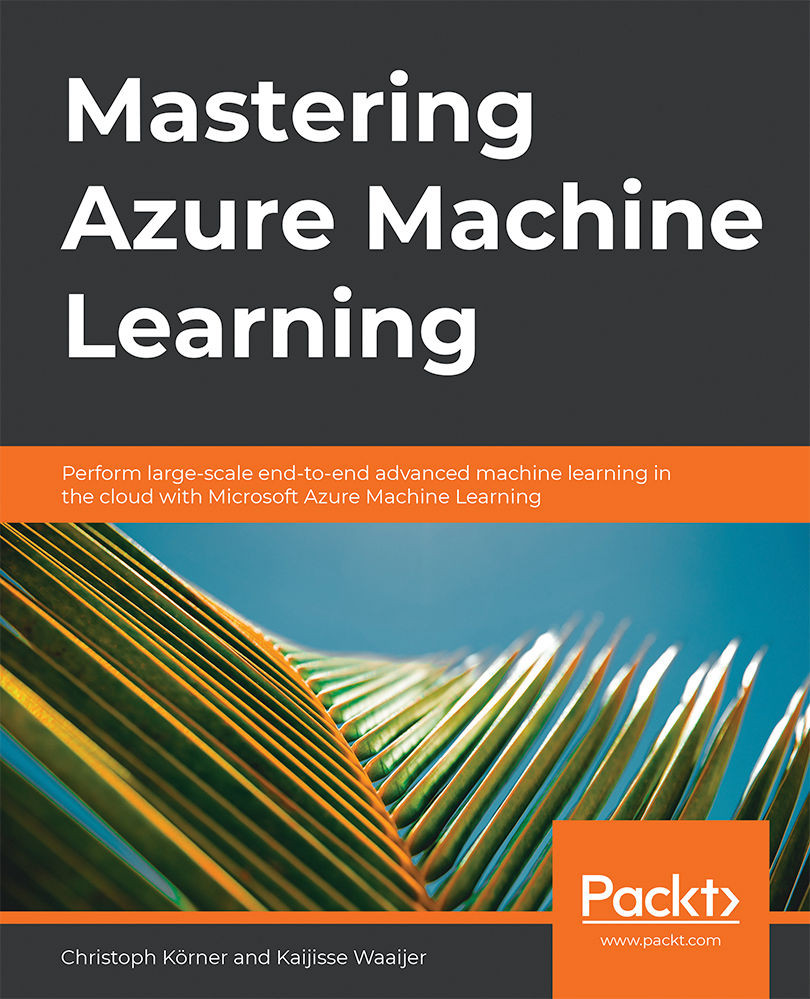In the previous chapter, we discussed distributed training methods for machine learning (ML) models, and you learned how to train distributed ML models efficiently in Azure. In this chapter, we will dive into traditional and modern recommendation engines, which often combine technologies and techniques covered in the previous chapters.
First, we will take a quick look at the different types of recommendation engines, what data is needed for each type, and what can be recommended using these different approaches.
This will help you understand when to choose from non-personalized, content-based, or rating-based recommenders.
After this, we will dive into content-based recommendations, namely item-item and user- user recommenders based on feature vectors and similarity. You will learn about cosine distance to measure the similarity between feature vectors and feature engineering techniques to avoid common pitfalls while building...



 Free Chapter
Free Chapter
